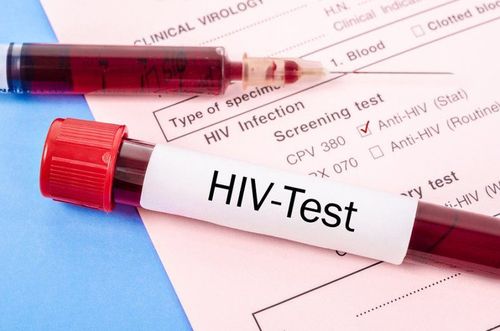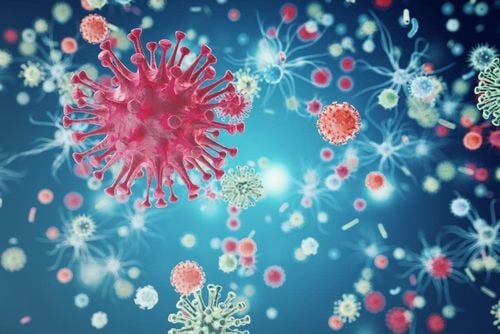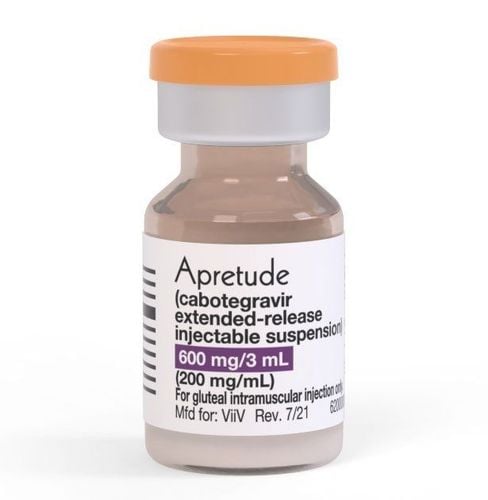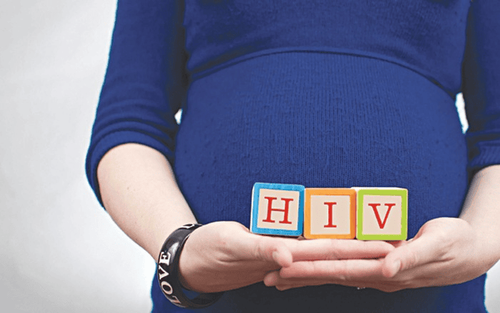This is an automatically translated article.
HIV develops through several stages, each with different characteristics. In particular, HIV silent stage does not have any symptoms, so it is difficult for patients to detect that they are infected.
1. What are the stages of HIV?
When the human body is attacked by HIV virus, white blood cells, red blood cells will be destroyed along with a serious decrease in resistance and immunity. The decline in resistance and immunity gradually decreases in stages. Usually, there are 3 stages of HIV disease:
Early HIV: People may experience flu-like symptoms, possibly a low-grade fever, about 38.8 degrees Celsius right after being infected. These are common symptoms in early HIV. HIV silent stage : This is the stage when there are no symptoms of HIV, making it difficult for both the patient and those around him to recognize. End-stage HIV: AIDS is the final stage of HIV infection. At this time, the patient's resistance and immunity are severely destroyed, no longer able to fight off pathogens that lead to death. Some HIV symptoms at this stage such as diarrhea, cough, skin sores, ...
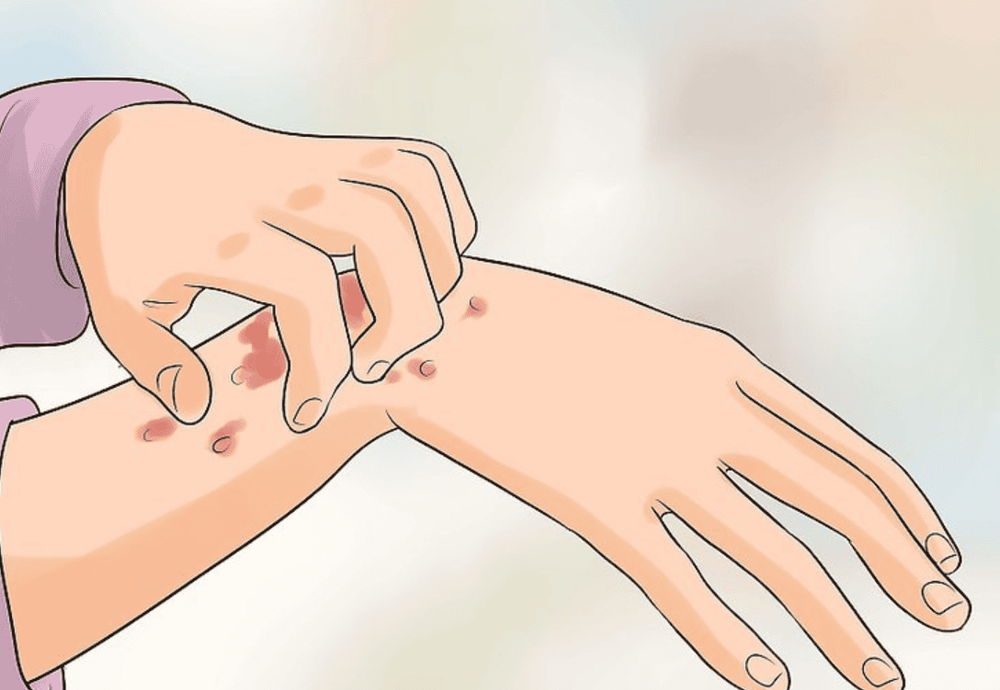
HIV gây lở loét da
2. HIV silent stage characteristics
In the early stages of HIV infection, flu symptoms will appear. However, at the silent stage, the above symptoms disappear, so the patient is easily ignored and subjective because he thinks he only has a common cold. Features of HIV silent stage include:
In the silent stage, people with HIV may not have any symptoms. At this time, only a small number of white blood cells are destroyed. But in fact, the HIV virus continues to grow strongly, on the surface no one can know that the patient has been infected with HIV, even the patient himself (if he has not had a blood test). This phase can last from 5 to 10 years. It is also possible that in some people there are limited symptoms associated with HIV infection during this period. During this stage the virus is in the body but does not attack the immune system, treatment during this stage is very important. The HIV virus can be passed on to other people during this stage even if they have no HIV symptoms. And even when the HIV virus in a person is being suppressed with medication, transmission can still happen, but the chance is lower than in people who don't.
3. So when should HIV test?
As the disease has no vaccine and specific treatment, the treatment can only prolong the patient's life, so testing to detect the disease is very important. So who should be tested for HIV and when should it be tested?
Accordingly, everyone, both men and women, should get tested for HIV at least once in their life. Those at higher risk should get tested more often. If you are one of the following people, get tested for HIV as soon as possible:
Sex trafficking Having sex with multiple people Having sex with someone who is HIV positive Sharing needles or syringes or medical supplies with others Diagnosed or treated for a sexually transmitted disease Diagnosed and treated for tuberculosis or hepatitis Have sex with someone who has at least one of the above characteristics

Đối tượng quan hệ tình dục với nhiều người, cần xét nghiệm HIV càng sớm càng tốt
Because there is no HIV test that can detect HIV immediately after exposure. Therefore, if you think you have been exposed to HIV within the last 72 hours, talk to your doctor about post-exposure prophylaxis right away.
Vinmec International General Hospital offers a Package of Examination and Screening for social diseases to help customers detect diseases early and have effective treatment and prevent dangerous complications. The screening package for social diseases at Vinmec is for all ages, both men and women.
To register for examination and treatment at Vinmec International General Hospital, you can contact Vinmec Health System nationwide, or register online HERE.
MORE:
3 routes of transmission of HIV HIV Symptoms by stages What are sexually transmitted diseases?






